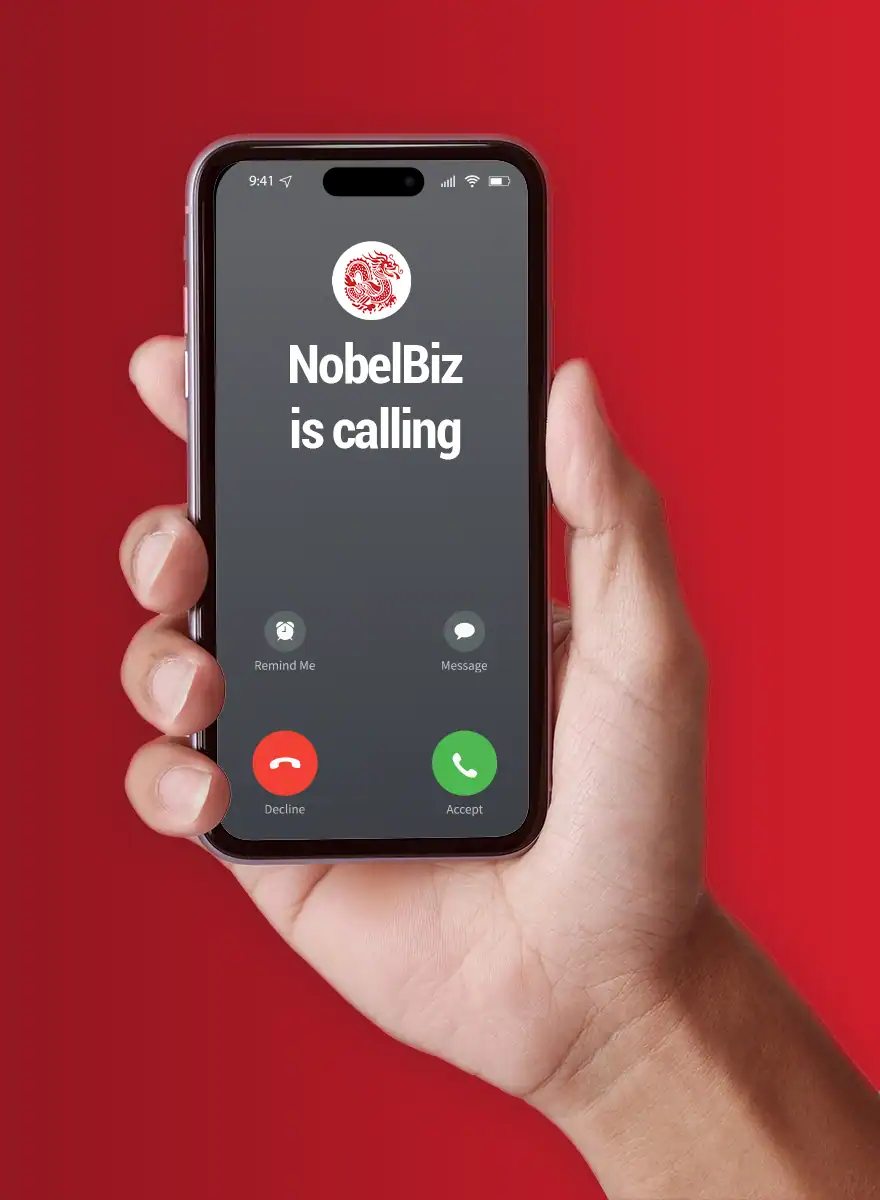The terms call center and contact center are often used interchangeably, which might lead you to think that they are one and the same. However, there are differences and points of divergence between these two concepts. Let’s explore the meaning and advantages of each and how they fare against the digital age.
What Is a Call Center?
A call center is an entity whose vocation is to mobilize human, technical, and technological means. From a business point of view, the call center is a service provider that mainly handles the customer relationship of a third-party company on the telephone platform. In other words, customers are taken care of via inbound or outbound calls. The missions generally carried out by a call center vary widely between telephone surveys, canvassing, telesales, reminders, or advertising.
The primary interest of call centers is that it is made up of qualified and experienced agents who are subject to a quality charter. The calls issued and their results are measured and analyzed.
What Are the Other Advantages?
1 – Efficiency
As a company expands, the influx of customers continues to grow. Indeed, the growth of a business leads to high demand for information, complaints, and customer care. Over time, it becomes more and more difficult to manage the volume dilemma internally. Hence the use of a call center, allows information and intelligence to be distilled to customers more easily and in less time.
2 – Reliable numbers
It is very complex for businesses to follow up with all the numbers of demands and requests on a daily, weekly, or even monthly basis. A call center can give you reliable numbers and statistics that will allow knowing how to develop products and services.
3 – Fewer expenses
Today, almost all call centers have some sort of customer call management software. How does this relate to business expenses? For a fast-growing company, it makes more sense to outsource customer management to a call center, rather than to recruit a large number of staff. In this way, it can meet customer demands, satisfy their needs and save money in the long run.
Then, What Is a Contact Center?
A contact center, also known as a customer relationship center is an entity that specializes in customer management. In other words, it handles all types of possible communication channels between a brand and its customers. This includes, in particular:
- Incoming and outgoing e-mails
- Chats (live dialogue made available on the customer’s site)
- Social media (Facebook, Instagram, Twitter, etc…)
- Messaging (WhatsApp, Telegram)
- Inbound and Outbound calls.
The activities of the contact center, therefore, consist of:
- Providing information
- Making appointments
- Managing complaints and recommendations
- Providing after-sales service
- Providing assistance (technical or other)
- And placing orders.
The goal of the contact center is to optimize customer relations by distributing calls as well as possible and minimizing waiting times. In other words, the contact center accompanies you in the acquisition and retention of your customers with an omnichannel strategy.
Generally speaking, all contact centers are also call centers, but the opposite is not always true.
What Does a Contact Center Brings to the Table?
1 – Generating leads
By improving visibility on all communication platforms, a contact center can identify leads and find new potential customers. From e-mail to the management of your online social interactions, a business can benefit from a digital contact center multichannel technology.
2 – Optimizing prospecting
To identify, qualify and better exploit all leads and multi-channel contacts. A contact center can offer lead management solutions to feed sales teams with projects to concretize, while also simplifying customers’ buying path.
3 – Improving the customer experience
Cultivating the multichannel customer experience does more than just ensure user satisfaction. It also improves brand reputation, increases sales across all communication channels, and gets the most out of customer support and services.
Customer Relation Management vs the Ever-evolving Digital Era
We live in a new era of consumerism. Technology is constantly evolving, communication channels are constantly changing and the consumer moves easily from one channel to another. The number of communication channels is already extensive in itself. There is the telephone for prospecting or receiving requests, mailings, live chats, and social media monitoring, to name but a few.
Today, call centers and contact centers need to be able to react more quickly and easily to customer needs. Whatever the means of communication, the information transmitted must remain accessible and available.
Furthermore, customer interactions must be professionally recorded and stored in a CRM (Customer Relationship Management) system. This is a crucial point, in the sense that the collected data can be used to filter performance indicators or KPIs. These indicate exactly how to whom and how often the information is transmitted. And this is a great added value for customer reporting.
In addition, all contact center activities are professionally recorded and stored in CRM (Customer Relationship Management) systems. On the basis of the collected data, it is possible to filter a large number of KPIs (Key Performance Indicators). They indicate what has been measured, how and how often and to whom the information is reported, depending on service, quality and efficiency. KPIs enable a very precise analysis of the performance of interactions in a contact center and optimize them if necessary. This is of great added value for customer reporting.
True Omnichannel solutions such as Omni+ from NobelBiz allow businesses to evolve at the same pace as the digital environment. This all-in-one platform allows your call center or contact center to handle any communication channel from social media, live chat, web-chat, phone, and more with ease and little effort.
Conclusion
Technological advances have drastically changed the needs of customers and the way they interact with their favorite brands. Today, more and more call centers are heading toward being Contact Centers.
However, it is important to define priorities in the choice of a future service provider. Because each call center has its own profile and it may not always have the right human or technological resources to meet the desired expectations.

Michael McGuire is a contact center industry expert with almost two decades of experience in the space. His experience includes roles as Director of Contact Center Digital Transformation at NobelBiz, and as Director of Operations at FLS Connect, managing multiple call centers. As President of Anomaly Squared and Targeted Metrics, Michael successfully transitioned companies into remote operations and significantly boosted revenues. With a strong background in customer service, leadership, strategic planning, and operations management, Michael excels in driving growth and innovation in the call center space.
Mike is also a proud Board Member for R.E.A.C.H Trade Group, promoting consumer protection and satisfaction and Co-host of the Off Skripted Podcast – a show about Life, Call Centers and everything in between.






